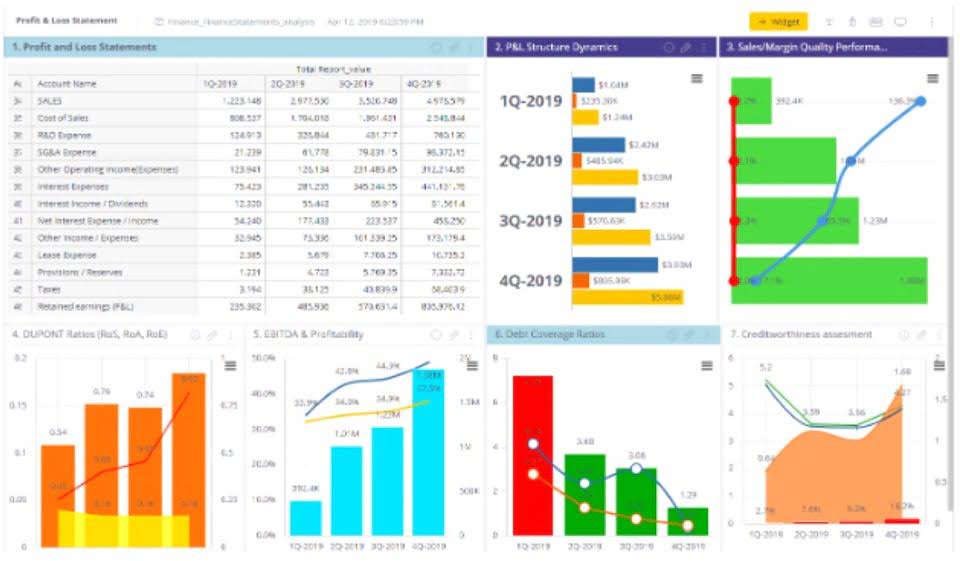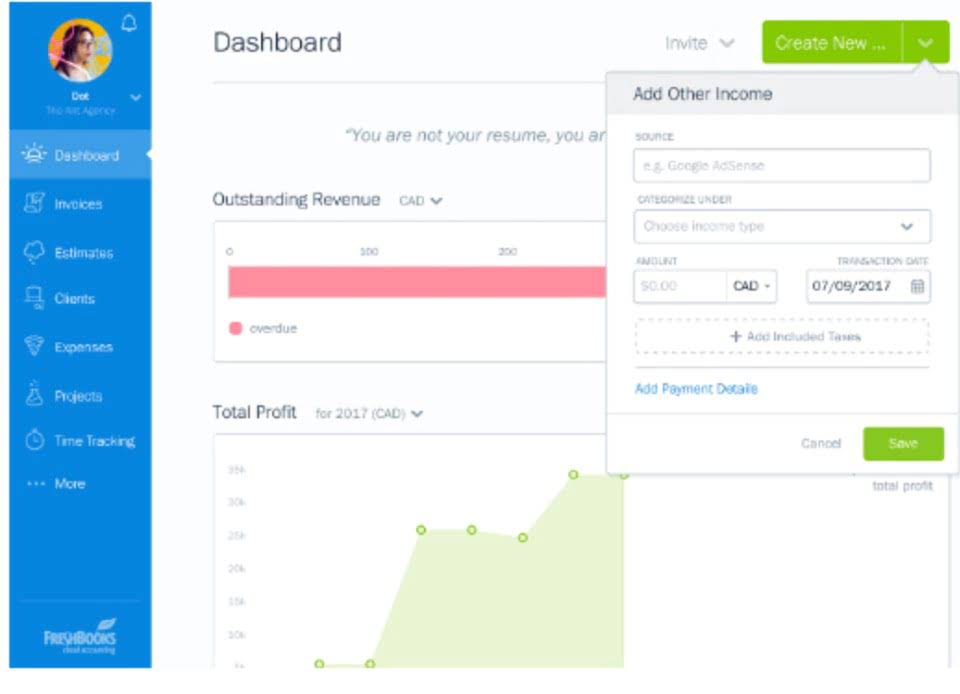
Overachieving and constantly productive departments and employees are also easily identified, giving a company an idea of its most valued human assets. Charlene Rhinehart is a CPA , CFE, chair of an Illinois CPA Society committee, and has a degree in accounting and finance from DePaul University. Platforms with built-in reporting features make it easier to do trend analysis and quickly generate financial reports for you to review. The final step involves analyzing the data to find actionable insights for your business.

Without managerial accounting, a business would suffer in information deficiency leading to misguided decisions that are detrimental to the entity’s performance or even to its existence. They support the company by providing information to enable decisions which are vital for the company’s performance and managerial accounting continuity. Managerial accountants help a business decide when, where and how much money to spend based on financial data. Using standard capital budgeting metrics, such as net present value and internal rate of return, to help decision makers decide whether to embark on costly projects or purchases.


Overall, performance reports help to compare the final outcome of a business workflow or operation with the initial budget and standard set for it. A budget is generated by a business to create a financial framework according to which business goals can be achieved without overspending. It is usually based on past experiences and contains all the planned earnings and expenditures expected by a business within a period. Under budgetary control, future financial needs are documented alongside their costs and arranged in an orderly manner for efficient business operations. Forecasting and trend analysis work together in making financial planning easier and more accurate.
This information is used to prepare income statements, cash flow statements, and balance sheets, In smaller firms, you may end up performing these tasks yourself. A management accountant performs analysis to forecast, budget, and measure performance and plans, then presents them to senior management to assist in operational decision-making. One planning tool is the budgeting process, which requires management to assess the resources—for example, time, money, and number and type of employees needed—to meet current-year objectives. Budgeting often includes both financial data, such as worker pay rates, and nonfinancial data, such as the number of customers an employee can serve in a given time period. Determining the actual costs of products and services is another element of managerial accounting.
The distinction between traditional and innovative accounting practices is illustrated with the visual timeline (see sidebar) of managerial costing approaches presented at the Institute of Management Accountants 2011 Annual Conference. For example, Lynx Boating Company produces three different lines of boats (sport boats, pontoon boats, and large cruisers). All three boat lines are profitable, but the pontoon boat line seems to be less profitable than the other two types of boats.

The budget is usually based on or limited by the amount of capital a company has to invest. With this form of comparative analysis, the variance between the standard cost and actual cost is determined. Problem areas are then pinpointed and remedial actions are executed to get things up to standard. Information such as return on equity, debt to equity ratio, and total return on invested capital helps a company to properly manage the exploitation and repayment of financial leverage.
The results of this evaluation will help guide management in their decision to move forward with their plan, to modify the plan, or to scrap the plan. Consider Daryn’s Dairy’s one-year plan to increase market share by selling products in 10 percent more stores in the states in which the company currently operates. Planning occurs at all levels of an organization and can cover various periods of time. One type of planning, called strategic planning, involves setting priorities and determining how to allocate corporate resources to help an organization accomplish both short-term and long-term goals.

Categories
Submit a Comment